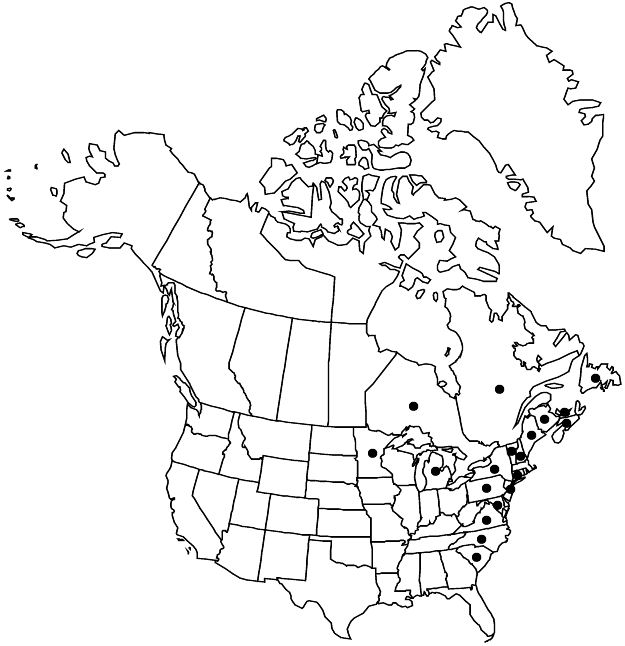Difference between revisions of "Amelanchier intermedia"
Hist. Nat. Vég. 2: 85. 1834.
FNA>Volume Importer |
FNA>Volume Importer |
||
| Line 39: | Line 39: | ||
-->{{#Taxon: | -->{{#Taxon: | ||
name=Amelanchier intermedia | name=Amelanchier intermedia | ||
| − | |||
|authority=Spach | |authority=Spach | ||
|rank=species | |rank=species | ||
| Line 54: | Line 53: | ||
|publication year=1834 | |publication year=1834 | ||
|special status=Endemic | |special status=Endemic | ||
| − | |source xml=https://jpend@bitbucket.org/aafc-mbb/fna-data-curation.git/src/ | + | |source xml=https://jpend@bitbucket.org/aafc-mbb/fna-data-curation.git/src/f50eec43f223ca0e34566be0b046453a0960e173/coarse_grained_fna_xml/V9/V9_1134.xml |
|subfamily=Rosaceae subfam. Amygdaloideae | |subfamily=Rosaceae subfam. Amygdaloideae | ||
|tribe=Rosaceae tribe Gillenieae | |tribe=Rosaceae tribe Gillenieae | ||
Revision as of 22:38, 16 December 2019
Shrubs or trees, 2–7 m. Stems 1–50, fastigiate, solitary or in colonies. Leaves half-unfolded; petiole (14–)16–21.8(–24) mm; blade elliptic to slightly obovate, (39–)46–65(–77) × (25–)26–38(–45) mm, base subcordate or rounded, each margin with (5–)13–19(–20) teeth on proximal 1/2 and (5–)13–19(–20) teeth in distalmost cm, largest teeth less than 1 mm, apex acute to short-acuminate, abaxial surface sparsely hairy by flowering, surfaces glabrous later. Inflorescences (6 or)7–10-flowered, 35–59(–77) mm. Pedicels: 0 or 1 subtended by a leaf, proximalmost (13–)14–25(–33) mm. Flowers: sepals ascending to recurved after flowering, (2–)3.3–4.5(–5.2) mm; petals oblong, (10–)12.7–17.7(–18.5) × (3–)3.9–5.3(–5.7) mm; stamens (18–)20(–21); styles (4 or)5, (3.3–)3.8–4.8(–5) mm; ovary apex glabrous (or sparsely hairy). Pomes dark purple, 7–12 mm diam. 2n = 4x.
Phenology: Flowering May–Jun; fruiting Jun–Aug.
Habitat: Swamps, bogs, thickets, shores
Elevation: 0–1000 m
Distribution

N.B., Nfld. and Labr. (Nfld.), N.S., Ont., P.E.I., Que., Conn., Maine, Md., Mich., Minn., N.H., N.J., N.Y., N.C., Pa., S.C., Vt., Va.
Discussion
Amelanchier intermedia is morphologically closest to A. laevis. In a study of morphologic variation involving A. canadensis, A. intermedia, A. laevis, and other species of Amelanchier, A. C. Dibble et al. (1998) found that the only two species that overlap are A. intermedia and A. laevis. P. Landry (1975) considered A. intermedia to be the hybrid of A. arborea (including A. laevis) and A. canadensis, and the authors have data that suggest A. intermedia is a hybrid of A. canadensis and A. laevis.
Amelanchier intermedia hybridizes with A. bartramiana, A. humilis, and A. spicata (L. Cinq-Mars 1971).
A. C. Dibble et al. (1998) reported that two individuals of Amelanchier intermedia, both tetraploids, were apomictic.
Selected References
None.